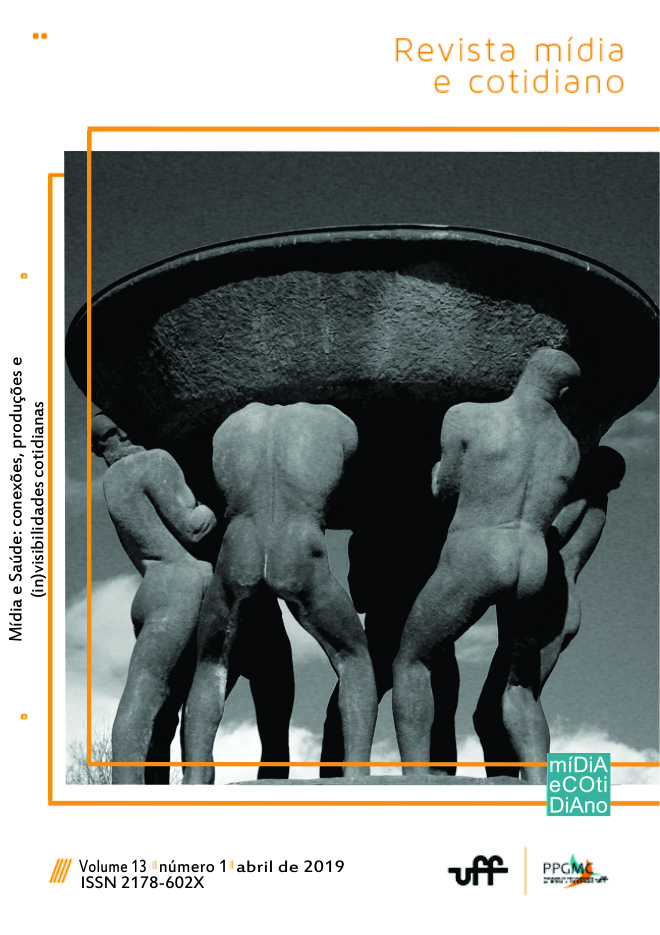The Media and HIV/AIDS Education Campaigns: Corporate Responsibility, Aesthetics and Power
DOI:
https://doi.org/10.22409/ppgmc.v13i1.28253Palavras-chave:
Comunicação, Saúde, HIV, Educação, CampanhasResumo
Chandran (2014) argues that the use of media in HIV and AIDS education has been on a scale unprecedented in health education, and social media in particular has played a key role in producing the universal awareness of HIV and AIDS. Theoretical perspectives on the media in HIV/AIDS education vary considerably. Early critical accounts stress that the mass media played a role in the distortion of scientific and medical findings concerning HIV and AIDS, privileging certain types of information over others, such as emphasising AIDS in the early years as a ‘gay plague’, gave precedence to biomedical constructions of HIV/AIDS. Many feminist, queer and AIDS activist accounts move beyond these discussions of media distortion and moral panic of HIV/AIDS by considering the distinctive ways in which discourses actively operate in the construction of gender, sexuality and epidemic. For the most part, however, these analyses maintain a focus on national HIV/AIDS education campaigns and their mediation by public policy.
Downloads
Downloads
Publicado
Edição
Seção
Licença
Aviso de Direito Autoral Creative Commons
1. Política para Periódicos de Acesso Livre
Autores que publicam nesta revista concordam com os seguintes termos:- Autores mantém os direitos autorais e concedem à revista o direito de primeira publicação, com o trabalho simultaneamente licenciado sob a Licença Creative Commons Attribution que permite o compartilhamento do trabalho com reconhecimento da autoria e publicação inicial nesta revista.
- Autores têm autorização para assumir contratos adicionais separadamente, para distribuição não-exclusiva da versão do trabalho publicada nesta revista (ex.: publicar em repositório institucional ou como capítulo de livro), com reconhecimento de autoria e publicação inicial nesta revista.
- Autores têm permissão e são estimulados a publicar e distribuir seu trabalho online (ex.: em repositórios institucionais ou na sua página pessoal) a qualquer ponto antes ou durante o processo editorial, já que isso pode gerar alterações produtivas, bem como aumentar o impacto e a citação do trabalho publicado (Veja O Efeito do Acesso Livre).


